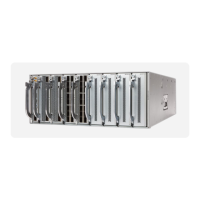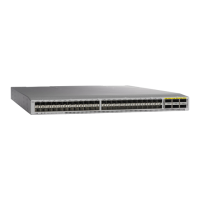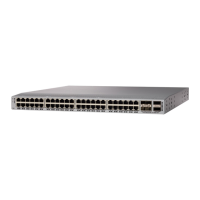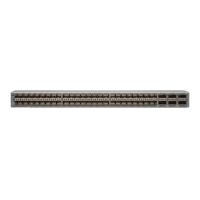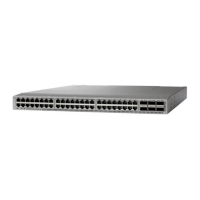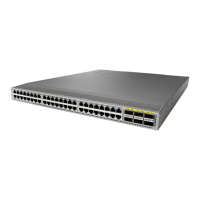If the wires exceed the recommended distances, or if wires pass between buildings, give special consideration
to the effect of a lightning strike in your vicinity. The electromagnetic pulse that is caused by lightning or
other high-energy phenomena can easily couple enough energy into unshielded conductors to destroy electronic
switches. You will want to consult experts in electrical surge suppression and shielding if you had similar
problems in the past.
Caution
Shock and Vibration Requirements
The switch has been shock- and vibration-tested for operating ranges, handling, and earthquake standards.
Grounding Requirements
The switch is sensitive to variations in voltage that is supplied by the power sources. Overvoltage, undervoltage,
and transients (or spikes) can erase data from memory or cause components to fail. To protect against these
types of problems, ensure that there is an earth-ground connection for the switch. You can connect the grounding
pad on the switch either directly to the earth-ground connection or to a fully bonded and grounded rack.
When you properly install the chassis in a grounded rack, the switch is grounded because it has a metal-to-metal
connection to the rack. Alternatively, you can ground the chassis by using a customer-supplied grounding
cable that meets your local and national installation requirements. For U.S. installations, we recommend
6-AWG wire. Connect your grounding cable to the chassis with a grounding lug (provided in the switch
accessory kit) and to the facility ground.
You automatically ground AC power supplies when you connect them to AC power sources. For DC power
supplies, you must connect a grounding wire when wiring the power supply to the DC power source.
Note
Planning for Power Requirements
To plan for the power requirements of a switch, you must determine each of the following:
• Power requirements for all the switch components
• Minimum number of power supplies required to power the components that are installed in the switch.
• Power mode to use and the number of extra power supplies required for that mode.
Ensure that the circuit that is used for the switch is dedicated to the switch to minimize the possibility of circuit
failure. Also, ensure that the switch uses either AC or DC power sources, not a mix of AC and DC power
sources.
Calculate the power that is required for operations (available power) and redundancy (reserve power), then
you can plan for the required number of input power receptacles. The power receptacles will be within reach
of the switch location.
Cisco Nexus 9516 NX-OS Mode Switch Hardware Installation Guide
9
Preparing the Site
Shock and Vibration Requirements
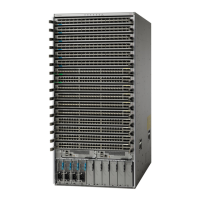
